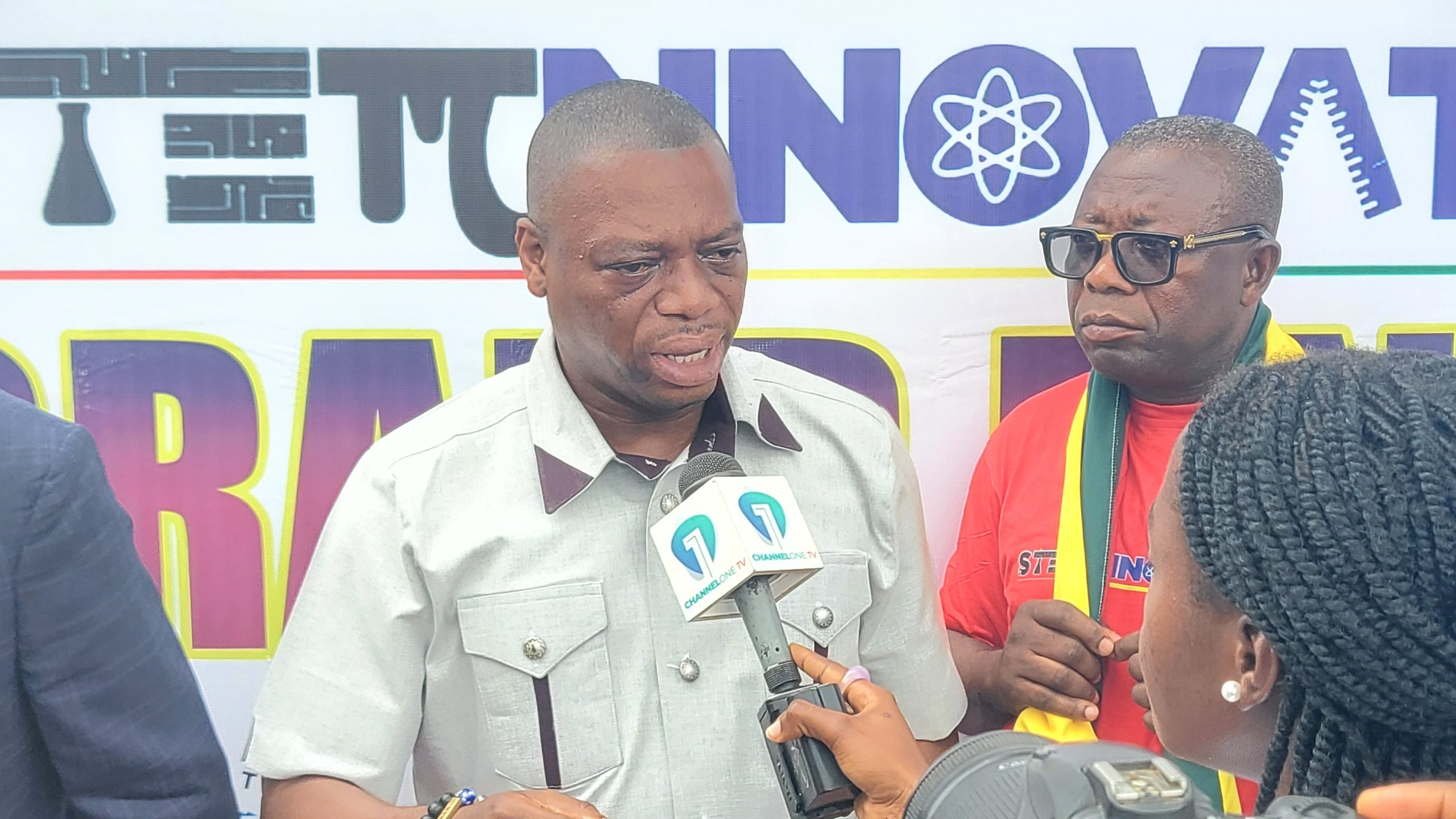- Acting US labour secretary to meet with Boeing and union to end impasse
- Russian oil trade is rising with record crude volumes on 'dark fleet' vessels despite sanctions, price cap
- Health-care costs hit a post-pandemic high. These moves during open enrollment can help
- Warren Buffett's Berkshire Hathaway hikes its SiriusXM stake to 32% after Liberty deal
- Fed Governor Waller sees need for 'more caution' ahead when lowering interest rates
What do you believe is the single most important factor driving up the cost of living in Nigeria?

AI-trained vehicles can adjust to extreme turbulence on the fly
In nature, flying animals sense coming changes in their surroundings, including the onset of sudden turbulence, and quickly adjust to stay safe. Engineers who design aircraft would like to give their vehicles the same ability to predict incoming disturbances and respond appropriately.
Indeed, disasters such as the fatal Singapore Airlines flight this past May in which more than 100 passengers were injured after the plane encountered severe turbulence, could be avoided if aircraft had such automatic sensing and prediction capabilities combined with mechanisms to stabilize the vehicle.
Now a team of researchers from Caltech's Center for Autonomous Systems and Technologies (CAST) and Nvidia has taken an important step toward such capabilities. In a new paper in the journal npj Robotics, the team describes a control strategy they have developed for unmanned aerial vehicles, or UAVs, called FALCON (Fourier Adaptive Learning and CONtrol).
The strategy uses reinforcement learning, a form of artificial intelligence, to adaptively learn how turbulent wind can change over time and then uses that knowledge to control a UAV based on what it is experiencing in real time.
"Spontaneous turbulence has major consequences for everything from civilian flights to drones. With climate change, extreme weather events that cause this type of turbulence are on the rise," says Mory Gharib, the Hans W. Liepmann Professor of Aeronautics and Medical Engineering, the Booth-Kresa Leadership Chair of CAST, and an author of the new paper.

- October 14, 2024
Novel nanoparticle therapy targets fat absorption to combat obesity

- October 14, 2024
Eyeing the damage of hurricane season

- October 14, 2024
For AI, secrecy often does not improve security



- October 14, 2024
Q&A: How climate change fuels extreme weather events like hurricanes


- October 14, 2024
Government urged to prioritise gender parity in TVET initiatives


- October 14, 2024
Stemnnovation Competition: 56 schools shortlisted for grand finale
Subscribe to our mailing list to get the new updates!

Subscribe our newsletter to stay updated
Thank you for subscribing!




